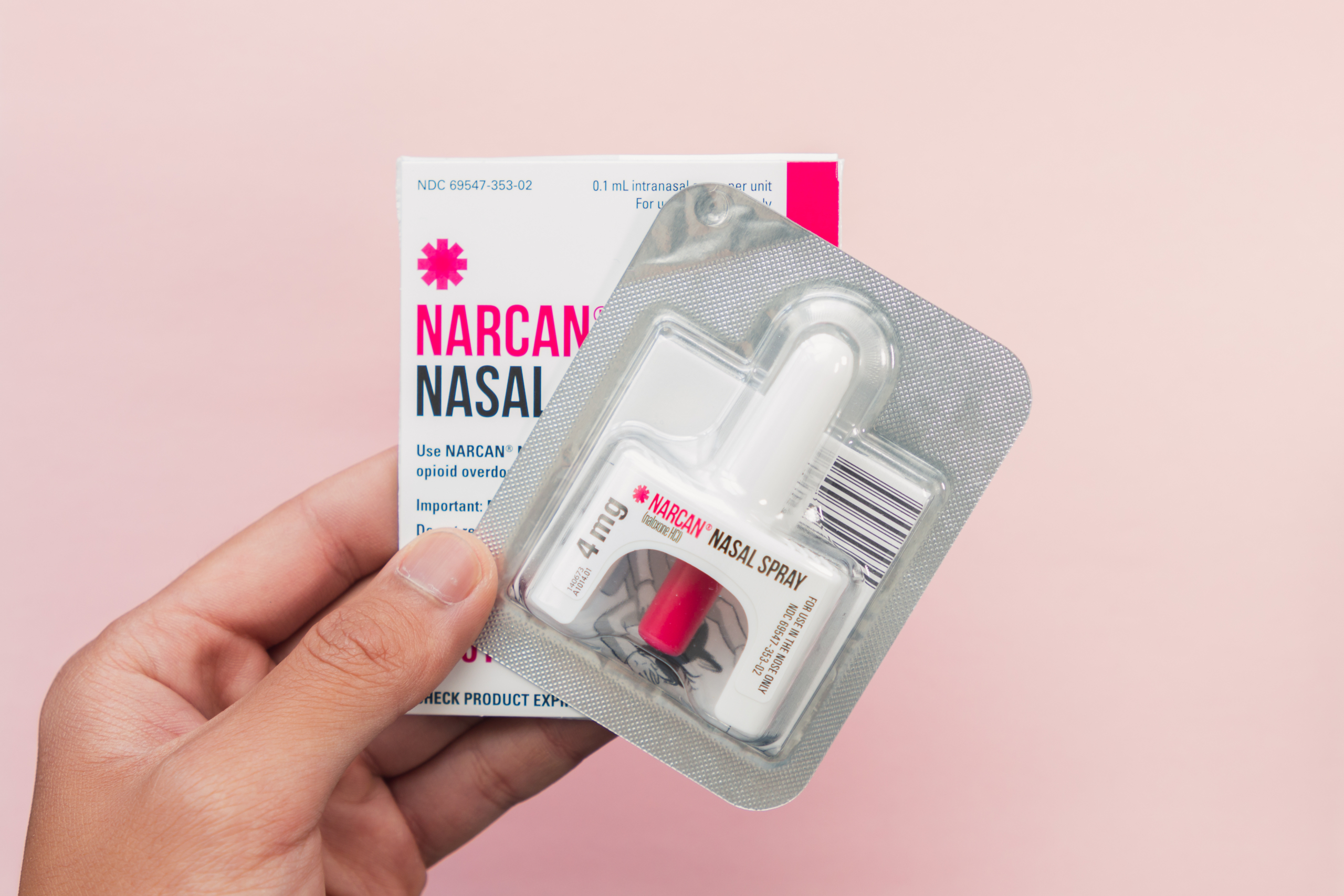Morphine, Dilaudid, Fentanyl… these are medications that we have been giving our patients for years, to treat their pain. Chest pain, give an opioid. Broken bone, give an opioid. Abdominal pain, give an opioid. Back pain, give an opioid. For many years, these were our only pain medication options in an ambulance. That is finally starting to change.
Not too long ago, doctors were overprescribing opioid medications, and caused the opioid crisis, that we are still battling today. Patients had, or said they had, significant pain, and they were over medicated. “More than 80,000 people are dying of a drug overdose involving an opioid every year, while safe and effective medicines to treat opioid use disorder are sitting on the shelf unused,’ said Dr. Wilson Compton, deputy director of the National Institute on Drug Abuse and a senior author of the study, in a statement.” (Mann, 2023).
Due to the growing opioid crisis, there have been a lot of EMS companies that are veering away from opioids medications, and moving towards less addictive medications, such as Tylenol, or NSAIDS like Ibuprofen, Aleve, and even some topical medications. More and more companies are re-emphasizing the importance of RICE: restrict, ice, compress, and elevate.
As medical professionals, we want to make our patients comfortable, alleviate their pain, but we do not want to put them at risk of developing an opioid addiction. So, we need to find a balance, between helping, and not hurting. What type of pain does your patient have? Is it something you can alleviate or reduce without a power narcotic? Sprained wrist or ankle, give an NSAID. Kidney stones, give Toradol. Abdominal cramps, Tylenol or NSAIDs work great. So why are we still dolling out opioids to people who don’t actually need it?
In the pre-hospital setting, we rarely give our patients something to swallow, such as Tylenol, Aleve, Ibuprofen, etc., but why? Oral medications are the most common route for people to take something. It is the easiest route, and it has very few complications. In the hospital setting, oral medications are given all the time, so why not pre-hospital? There is always a risk of the patient choking or aspirating on the pill, or even vomiting it back up, but that is also a risk in the hospital setting.
“Ambulances don’t carry water, so the patient cannot swallow a medication”… that is not a valid reason to not give oral medications. “It takes too long for oral medications to work, so we should give something that works faster”… again, that is not a valid excuse. We do not want our patients to be in pain, but we can give them the over the counter medication, while also doing other things to alleviate their pain. For some injuries, we can give the patient an ice pack, position or splint the extremity, apply traction, or just simply talk to the patient and try to distract them.
If your patient has a severe level of pain, or you do not think OTC medications will be beneficial enough, then do not withhold opioid medications, always treat your patient according to your protocols. But treat them in a way that would be most beneficial to them; not just by getting rid of their pain right this minute, but what will be better for them in the near future… opioids, or possibly something else?
References:

